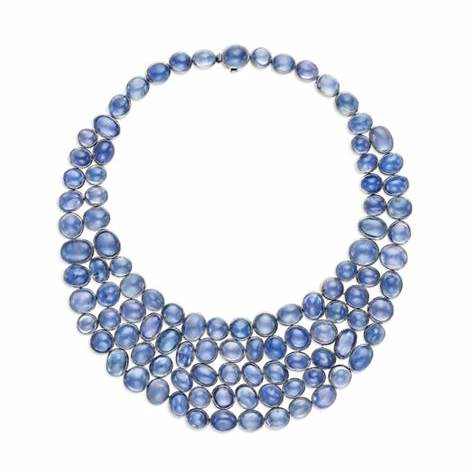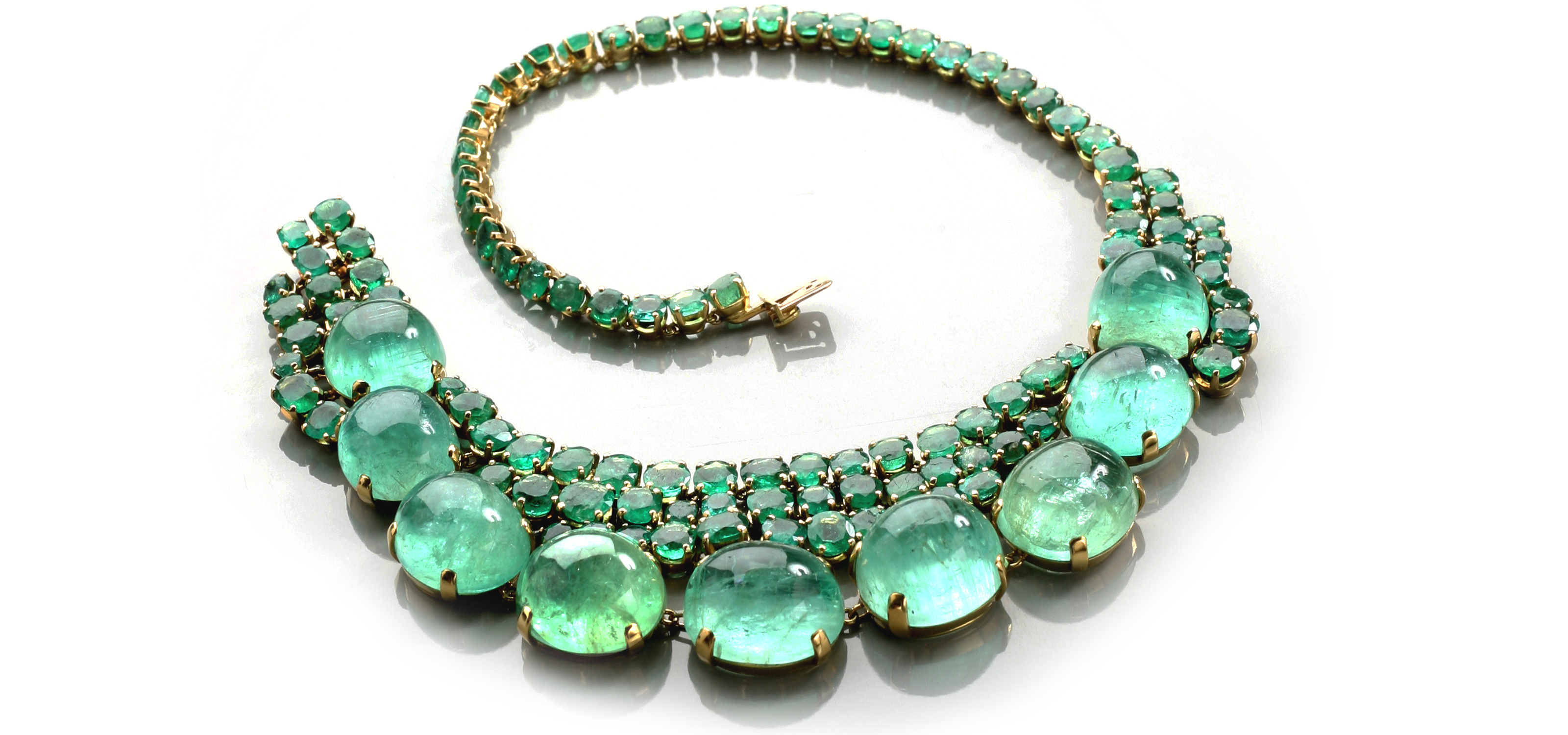Suzanne Belperron: When Haute Couture Meets Fine Jewellery
Suzanne Belperron and Couture: A Pioneering Creative Dialogue
In the heart of the 1920s, when Paris was buzzing with artistic innovation, Suzanne Belperron emerged as one of the visionaries redefining the role of jewelry. For her, a necklace, brooch or ring could never be detached from the outfit it adorned the jewel became a natural extension of the garment, an accent that highlighted the silhouette without ever weighing it down.
This approach, both modern and bold, was rooted in a time when haute couture was breaking free from conventions. After the International Exhibition of Decorative Arts in 1925, the line between goldsmithing and fashion grew thinner. Prestigious houses like Cartier began exhibiting alongside major designers to illustrate this marriage of luxury fashion and accessories.
Mutual Inspiration: A Necklace for Every Dress
One striking testament to this vision appeared in Femina magazine in April 1927, with the headline: “A jewel for every dress.” The principle was simple yet groundbreaking: each piece of jewelry was crafted to harmonize perfectly with the color, texture, and cut of the dress it complemented. Vogue highlighted this synergy that autumn, describing topazes to enhance parchment muslin, amethysts for purple velvet, and aquamarines for pale blue tulle.
This art of coordination caused a sensation: only the most elite circles could afford such refined sets, symbols of exquisite taste. The names of couturiers and the jeweler now appeared side by side in fashion show programs, marking an unprecedented artistic partnership for the era.
Spectacular Runways and a Distinctive Style
In June 1928, during the grand opening of Gérard Sandoz’s newly redecorated boutique on Rue Royale with a setting imagined by René Crevel, a figure of the surrealist movement a remarkable fashion show left a lasting impression. Designers like Redfern, Louiseboulanger, and Suzanne Talbot dressed the models, each adorned with pieces designed by Belperron. Each jewel was crafted to complement the garment’s cut, resulting in a daring display blending fashion, art, and avant-garde scenography.
Fashion Photography: A Powerful Medium
From the late 1920s onward, photography gradually replaced illustrations in fashion magazines. Renowned photographers such as Hoyningen-Huene and Horst P. Horst captured Belperron’s jewels for Vogue, Harper’s Bazaar, and Vanity Fair. These striking black-and-white images magnified the brilliance of the gemstones and the modern allure of the women wearing them.
Some of these photos became iconic: one memorable example is the aquamarine block bracelet worn with a Chanel tulle gown, shot by Horst for American Vogue in June 1935. The visual power of such editorials solidified Belperron’s reputation as a unique, elusive, and fiercely independent designer.
When Couture Drew Inspiration from Jewelry
The success of this approach soon inspired leading couturiers to design their own couture jewelry. At the Colonial Exhibition of 1931, Jeanne Lanvin and Boucheron combined their expertise to create a spectacle at the Paris Opera: a living tableau where opulent gowns and rare jewels seamlessly complemented each other.
Figures like Coco Chanel and Elsa Schiaparelli also embraced the concept by launching their own lines of costume jewelry, experimenting with Bakelite, Galalith, and synthetic stones. These pieces, while more accessible, carried forward Belperron’s vision: that jewelry should be an essential part of every silhouette.
A Living Legacy
History will remember that this way of designing jewelry as an intimate dialogue between fabric and stone remains one of Suzanne Belperron’s strongest signatures. For her, each jewel was a sculpture, shaped to follow a shoulder line, highlight a neckline, or enhance a drape.
To this day, many contemporary designers acknowledge her influence. They continue to draw from her legacy, reinterpreting the inseparable bond between fashion and jewelry, true to her belief that elegance is an all-encompassing art form.